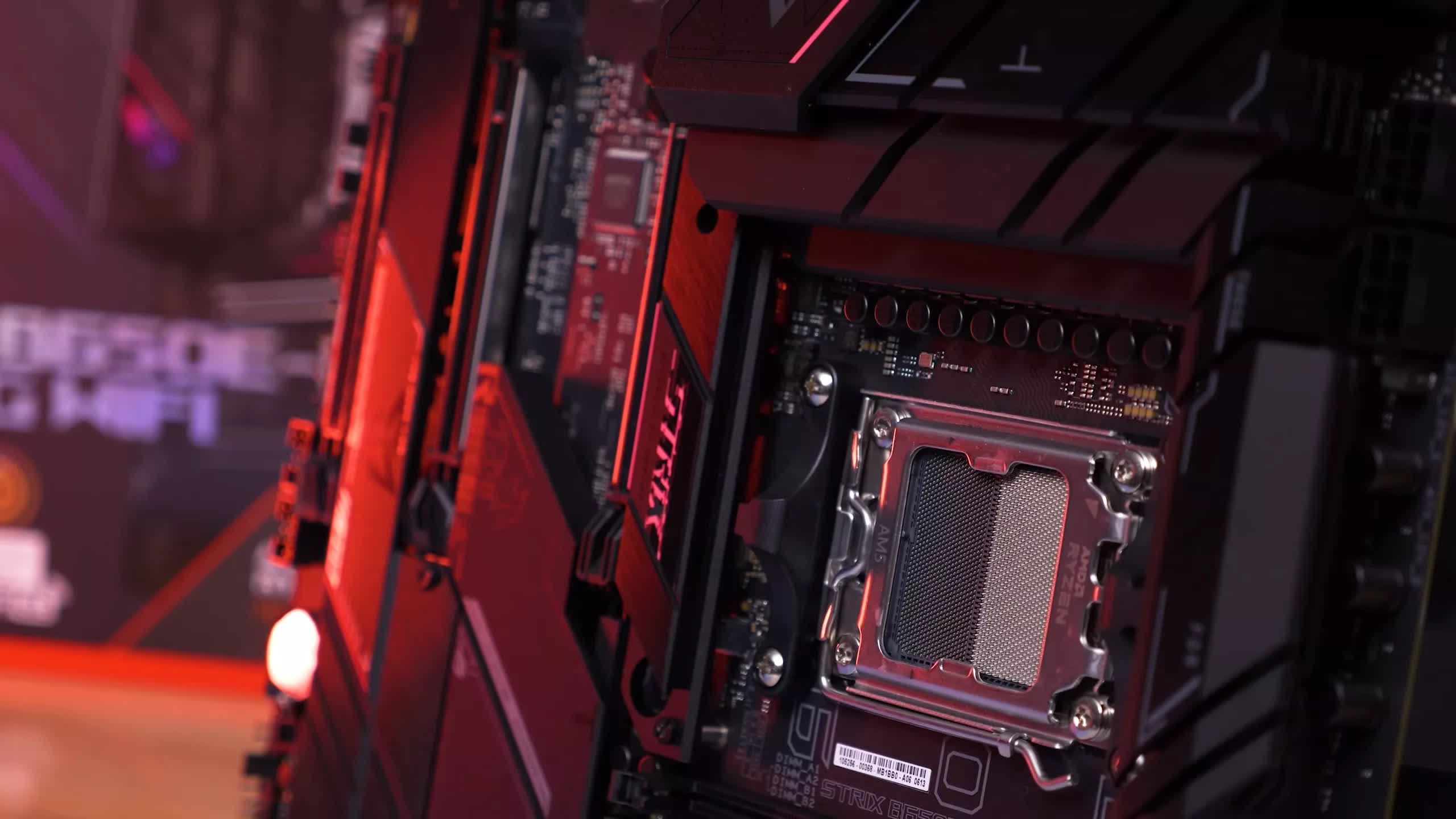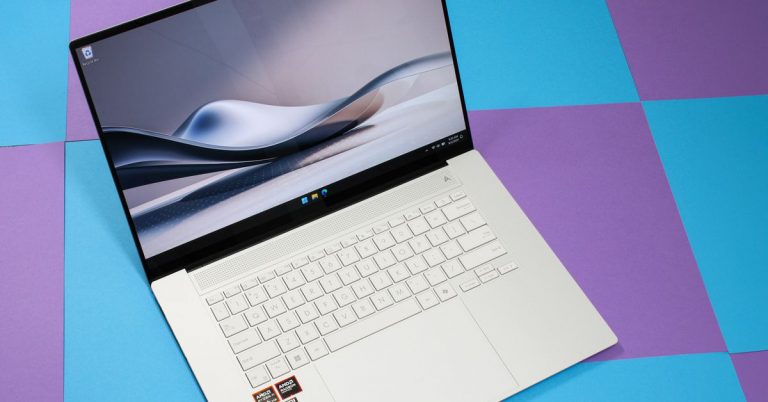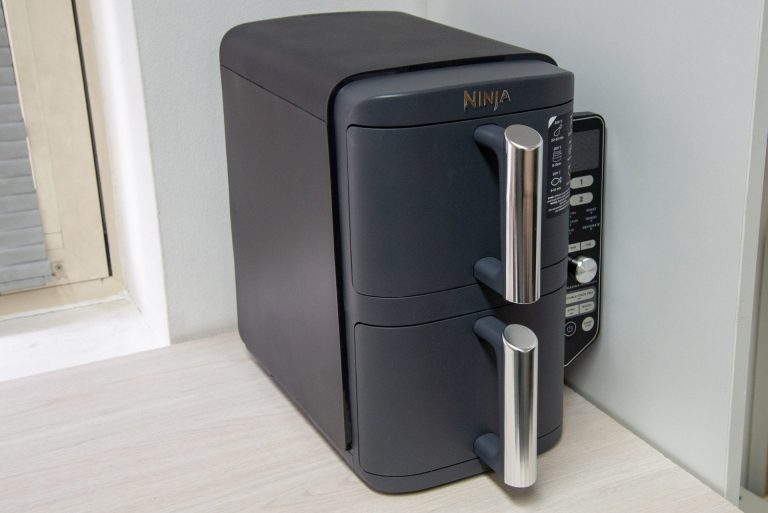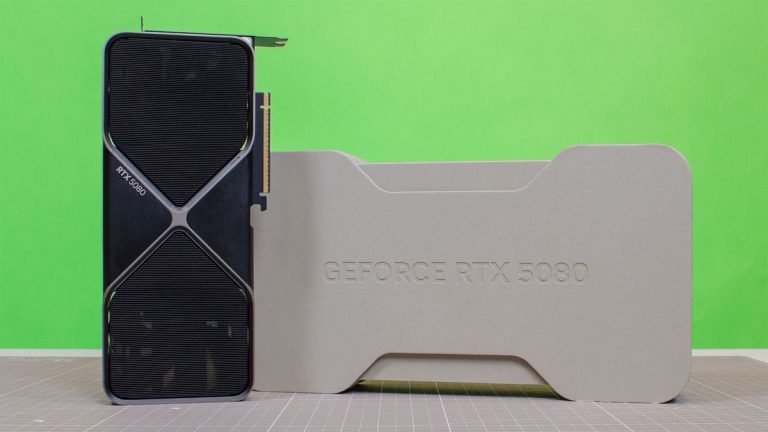Unlock the Power of Ryzen: A Comprehensive Guide to AM5 Motherboard Chipsets

Choosing the Right Motherboard for Your Ryzen CPU
When selecting a motherboard for your new Ryzen CPU, you’ll come across four main options: X670, B650, A620, and the latest addition, X870. But what do these names mean? How do X870E, X670E, and B650E boards differ from their non-E counterparts? Which one should you choose for your system? This guide will provide all the answers and more.
Understanding the Chipset
The biggest difference between motherboard types is the chipset – the chip (or two chips) that connects the CPU to other components in the system. In the past, the chipset consisted of a northbridge chip, which connected the CPU to the RAM and graphics card, and a southbridge chip, which connected the northbridge to the rest of the components. However, nowadays, the functionality formerly attributed to the northbridge is integrated into the CPU, which connects directly to many components.
Ryzen 7000 and 9000 Processors
Ryzen 7000 and 9000 processors connect to high-bandwidth components through 28 PCIe lanes and support PCIe 5.0 speeds. Of these lanes, 16 are reserved for a graphics card (or two, with each utilizing eight lanes), and four are designated for an M.2 drive. Another four lanes are used to connect to the chipset. The remaining four lanes can be employed for elements such as another M.2 slot or a USB4 adapter that also connects to the CPU’s integrated graphics to enable DisplayPort tunneling.
Ryzen 8000G Processors
Ryzen 8000G processors only have eight PCIe lanes for a graphics card (20 in total), and support PCIe 4.0 speeds. Additionally, Ryzen CPUs support four USB 3.1 (or "3.2 Gen 2") ports and a single USB 2.0 connector.
AM5 Platform Limitations
All current chipsets on the AM5 platform support only PCIe 4.0 speeds, which limits the total bandwidth of the devices connected to them at approximately 7GB/s. These devices may comprise storage drives utilizing either the NVMe or SATA interface, USB devices, network cards, and other internal components such as soundcards.
A620 Motherboards
A620 motherboards use the same Promontory 21 chip used in B650 and X870 motherboards, but with some of its connectors disabled or limited. It adds support for two USB 3.1, two USB 3.0 (or "3.2 Gen 1"), and six USB 2.0 ports. It also incorporates eight PCIe 3.0 lanes, of which two or four can be employed for SATA ports.
The Issues with A620 Motherboards
The real issue with A620 motherboards isn’t the chipset itself; rather, it’s that they are designed to be affordable boards with inexpensive voltage regulator modules (VRM) and do not support PCIe 5.0 speeds. They also only support a single graphics card, though the era of multi-GPU gaming has essentially come to an end so that’s not a big one.
B650, B650E, and X870 Motherboards
B650, B650E, and X870 motherboards all use a single, fully enabled Promontory 21 chip. It adds eight PCIe 4.0 lanes, allowing an M.2 drive to fully utilize the chipset’s bandwidth on its own. Like the A620, it also includes four PCIe 3.0 lanes that can be used for up to four SATA ports.
The Difference Between B650 and B650E Motherboards
The difference between B650 and B650E motherboards is that B650E boards (E = short for "Extreme") support PCIe 5.0 for both the graphics card and at least one M.2 drive.
X870 Motherboards
X870 motherboards are basically the same as B650E, except they are required to use four PCIe lanes for USB4. However, because they are newer, the Wi-Fi cards they come with support Wi-Fi 7 rather than 6E.
X670, X670E, and X870E Motherboards
X670, X670E, and X870E motherboards feature a Promontory 21 chip connected to another one through four PCIe 4.0 lanes, providing the second chip with the same bandwidth as the one connected to the CPU. Combined, the chipset adds twelve PCIe 4.0 lanes, allowing each M.2 drive to saturate the chipset’s bandwidth individually, and eight PCIe 3.0 lanes for up to eight SATA ports.
Conclusion
We recommend B650, B650E, and X870 motherboards for gamers and others who want to get everything that AM5 motherboards have to offer, but don’t need to connect many drives to their PC simultaneously. Another advantage of these boards is their ability to fit all connectors into a compact micro-ATX form factor, which is useful if you’re seeking a compact case to place on your desk.
X670, X670E, and X870E Motherboards for Content Creators
X670, X670E, and X870E motherboards are the ideal choice for content creators who constantly feel the need to add another drive to their system. With numerous ways to utilize the dual chipset, particularly, you shouldn’t buy a motherboard based solely on its name; instead, make sure it has all the connectors you require.






